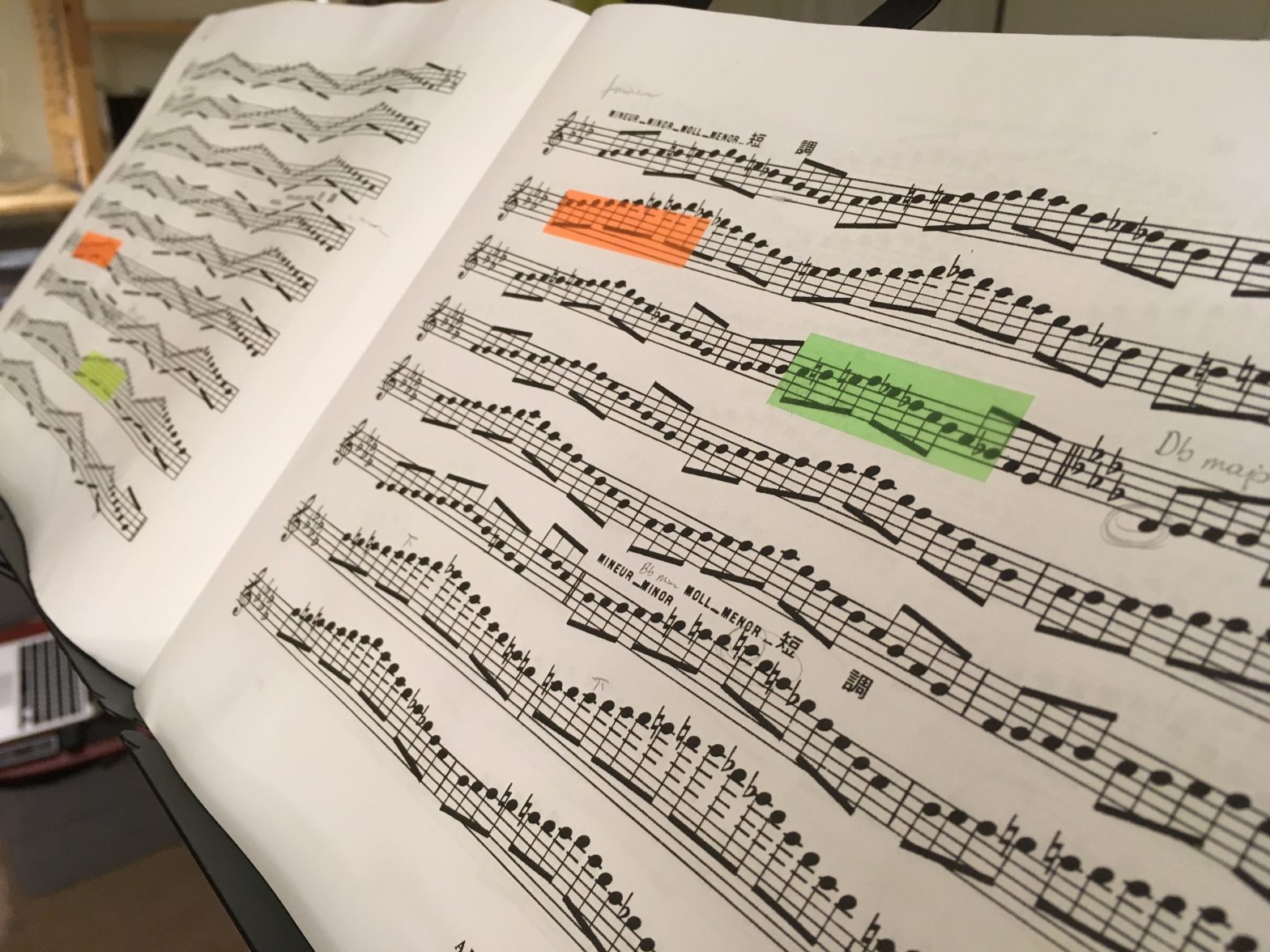*Smart goals are:
- Specific
- Measurable
- Achievable
- Relevant
- Time-based
The flute is a cruel mistress (it's a feminine word in the languages I can think of that do gendered nouns). To be more precise: she's a harsh but fair one. She holds up a mirror and gives instant feedback on how much effort you have put in, and how focused you are. For me: three consecutive days of not playing, and the high notes in the third register become elusive; thinking of anything but the piece in front of me, and my fingers stumble in the search for notes as I try to speed up some passages. The need for presence of mind and good breathing technique make my flute practice a meditative exercise rather than music. The neighbours agree, and usually are kind enough to muffle the sound of messed-up scales and broken phrases with the hoover or by turning up the volume on the TV. I informed them they can tell me to buzz off if it gets on their nerves, but they've yet to take me up on the offer.
But when you do practice, and do so with intent and deliberate focus, the flute equally holds up a mirror and shows you where you're making progress. In the past year I have not been able to put in as many hours as I would like to call my practice deliberate and frequent. I'm still 9,400+ hours away from world class, so nobody in Berlin needs to get worried about me taking over their seat in the orchestra (yet).
Once my teaching semester was over, with a total 16 sweet lecture-free weeks in front of me, I decided to work towards a specific goal: playing Exercise 4 in Taffanel and Gaubert's Grands Exercises Journaliers de Mécanisme pour Flûte. I had started on this more than a year ago, but with plenty of interruptions. My goal now was to get through all the flat scales by the end of May, all the sharp ones by the end of June. (Is that the right terminology? It's DIY music theory here!) Scales are one of the main building blocks and practice drills, and they are also pretty easy to learn without a teacher, so this is a useful and achievable goal, but still a bit of a challenge.
Today is the final day of May, and after a few weeks of focus on the first part with flats, I tried to play through pages 16-20 in one go. I still struggle with G♭ major and the associated E♭minor melodic scale, in particular the C♭ note because that is the most recent one introduced in the sequence of flats. But it's becoming more natural to think of G♭as the same fingering as F# (first sharp I ever learned), and I am for the first time seriously exploiting the little B♭key for the right hand, especially when I have to go B♭-C♭-B♭ at the top of the phrase. I'm starting to understand why there are at least three ways to play a B♭on a flute.
Even better is that I can tell my high notes come more easily after two weeks of regular practice, though there still is work. (I'm looking at you, B♭in the third register! And G♭/F#, and A♭/G# up there, too!) I have more sessions where my tone is clearer, and my attack sharper, my fingers stumble less frequently over the augmented notes in the minor scales. When I first started, these pages looked like ants in neat but unrecognizable formation marching across the page. Now I'm starting to see patterns, even without much background in music theory.
Tomorrow I start with the sharps. First up is B major and its five sharps, working down to the natural C. I'll let you know how that goes, and in the meantime: spare a thought for my neighbours. Lots more hoovering ahead for them, I think.

